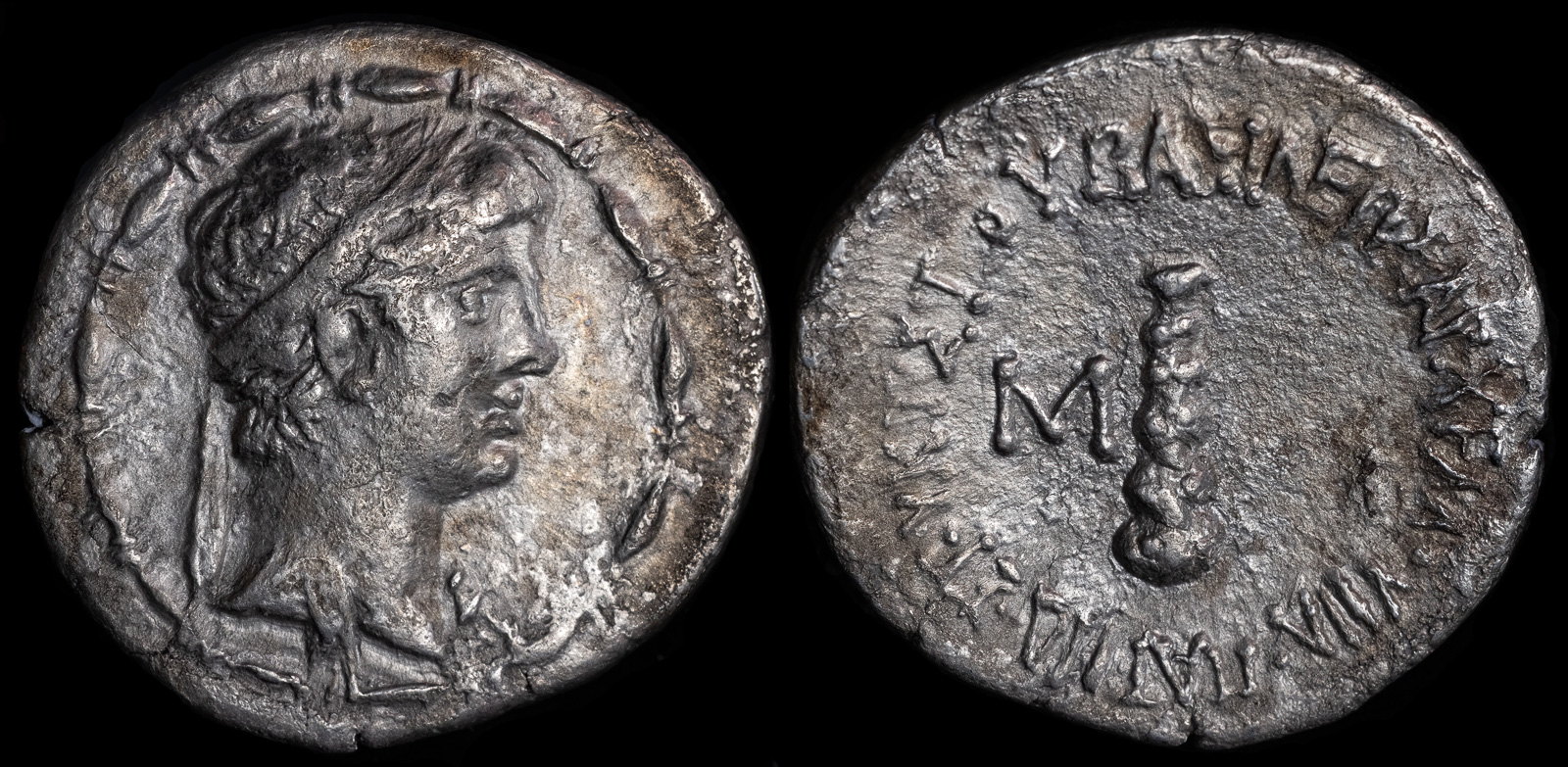Dated
View All Tags
One of the earliest forms of dated coins can be found in the Greek city of Cyrene in North Africa around the 5th century BCE. In these early coins, the date was sometimes included as part of the minting information, often in the form of the year of the magistrate or a specific regnal year of a ruler. The Cyrenian silver coins, for example, frequently used symbols to denote the year of the magistrate’s rule, linking the date to the time period of the specific issue. In this way, the date served both an administrative and historical purpose, as it allowed officials to track the production and circulation of coins.
The use of dates on Greek coins became more standardized during the Hellenistic period (323–31 BCE), particularly under the influence of Alexander the Great and his successors. After Alexander’s conquest of much of the known world, his generals and successors minted coins in their own regions, and many began to include dates to help mark the reigns of specific rulers. This was often done by noting the year of the ruler’s reign or the era used by the particular kingdom, such as the Seleucid era or the Ptolemaic era. In some cases, the date was used alongside the ruler’s name or image, providing a more precise historical record of the coin’s origin.
Additionally, cities such as Athens and Delphi began including dates on their coins to mark important civic events or religious festivals. For instance, Athenian tetradrachms sometimes included the date of the issue alongside the image of the goddess Athena or the god Apollo, marking specific years in which these coins were minted as part of the Panathenaic Games or other significant events.
The inclusion of dates on coins allowed ancient Greek authorities to chronicle their reigns, track the production of coinage, and establish a historical record that has proven invaluable to modern scholars. While not all Greek cities or kingdoms adopted the practice uniformly, the coins that did include dates provide an important tool for reconstructing ancient Greek history, especially in terms of monetary systems, political transitions, and cultural shifts.

Archelaos 36 BCE – 17 CE
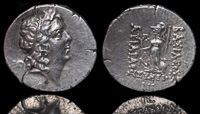
Ariarathes IX Eusebes 88/7 BCE
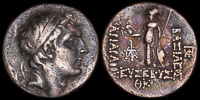
Ariarathes V 134/3 BCE
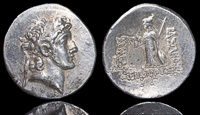
Ariarathes VI Epiphanes 118/7 BCE
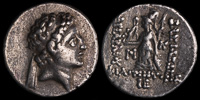
Ariarathes VII 104/3 BCE
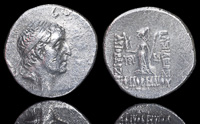
Ariobarzanes I Philoromaios 83/2 BCE
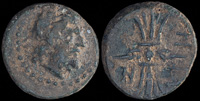
Cremna, Pisidia 26 BCE
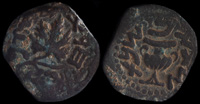
First Jewish Revolt 66-70 CE
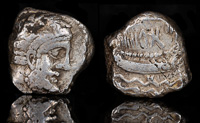
Gerostratos of Arados 335/334 BCE

Herod I 40-4 BCE

Hyspaosines 124/3 BCE
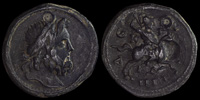
Isinda, Pisidia 100-0 BCE

Kamnaskires III w Anzaze 80/79 BCE
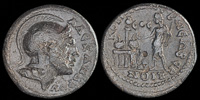
Koinon of Macedon 244 CE
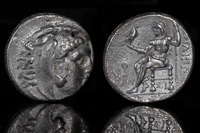
Laomedon 319/318 BCE

Nikomedes II 110/9 BCE
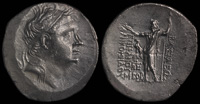
Nikomedes III 126/5 BCE

Nikomedes IV 92/91 BCE
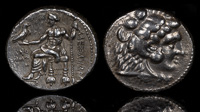
Perdikkas 321/320 BCE
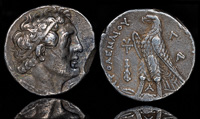
Ptolemy II Philadelphos 256/55 BCE
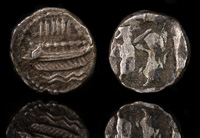
Straton of Sidon 337/36 BCE
